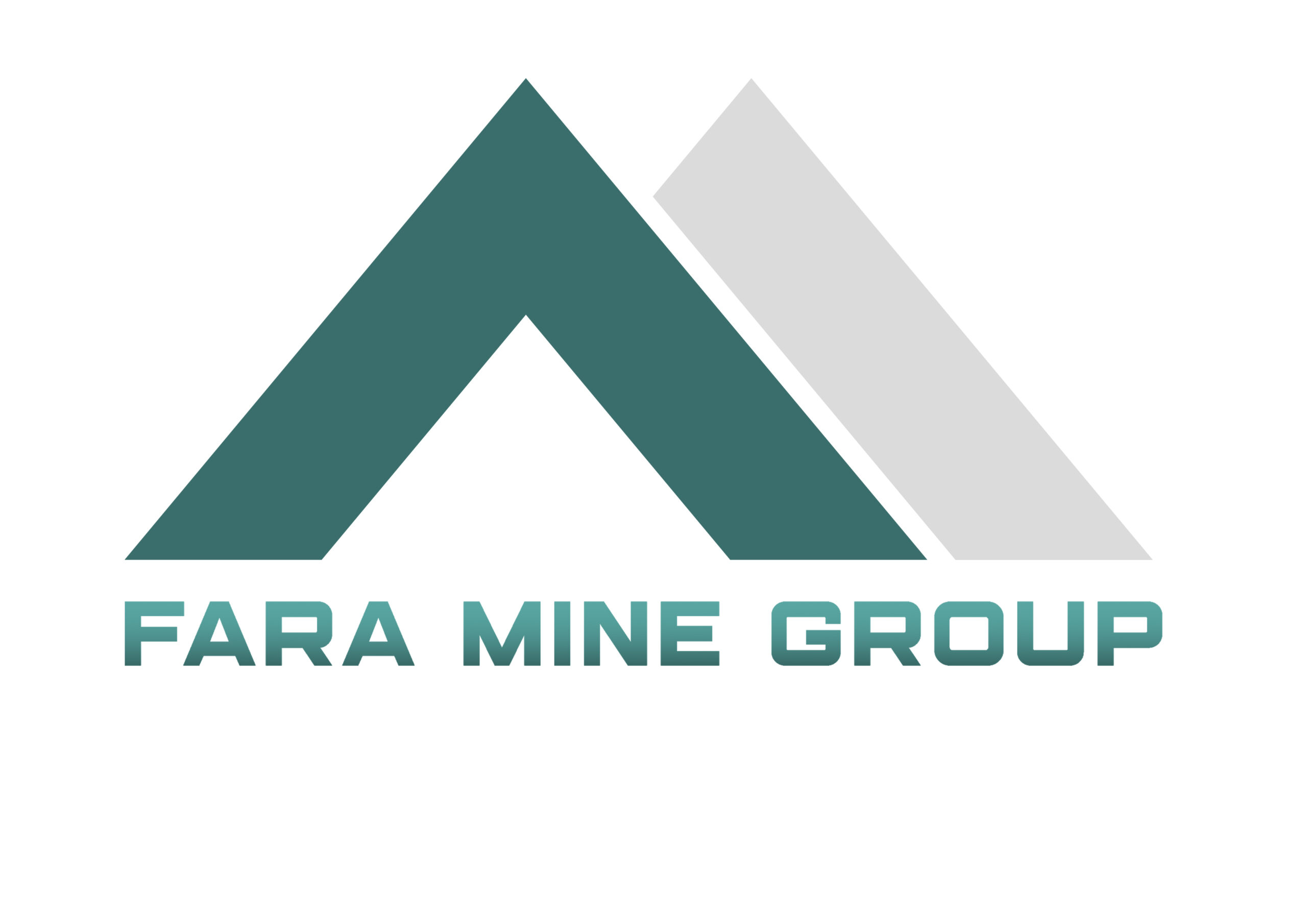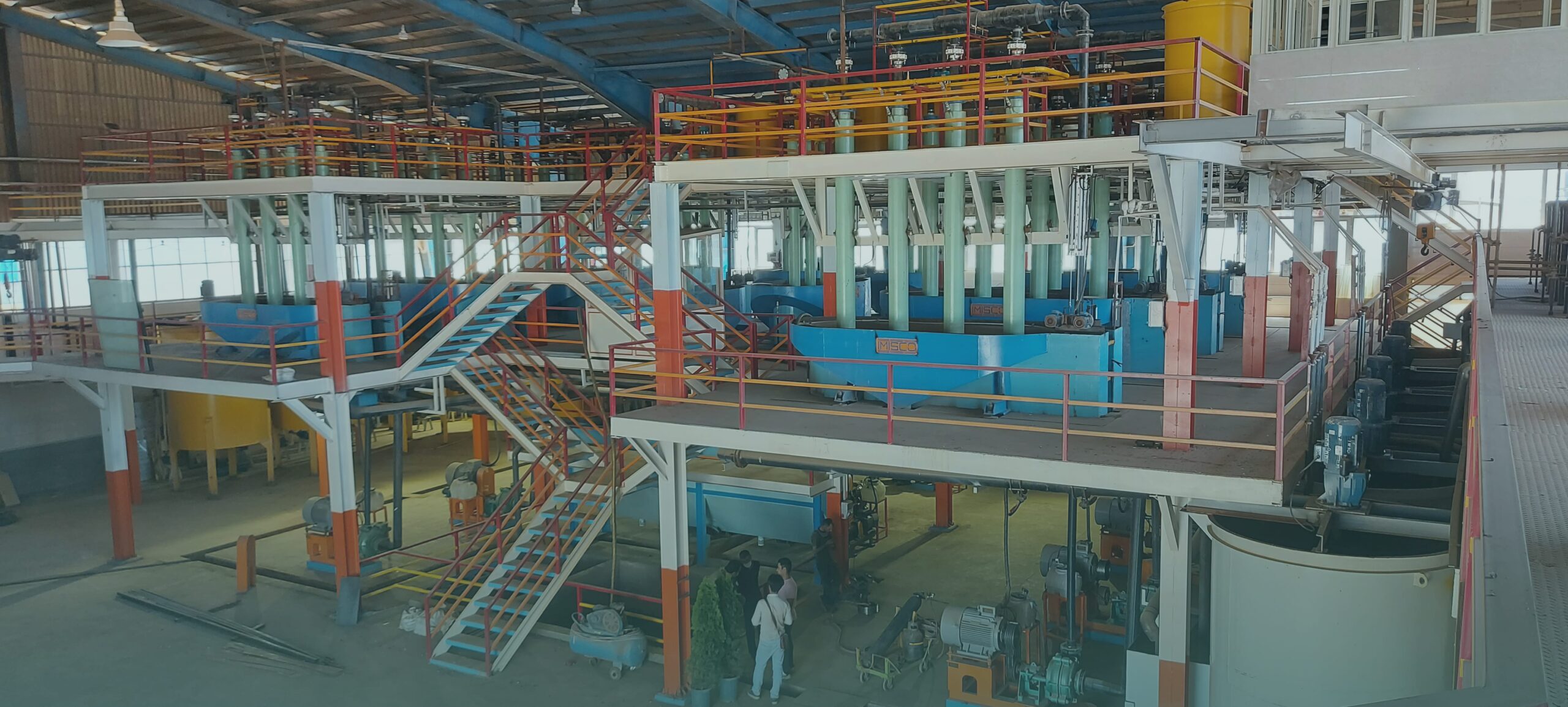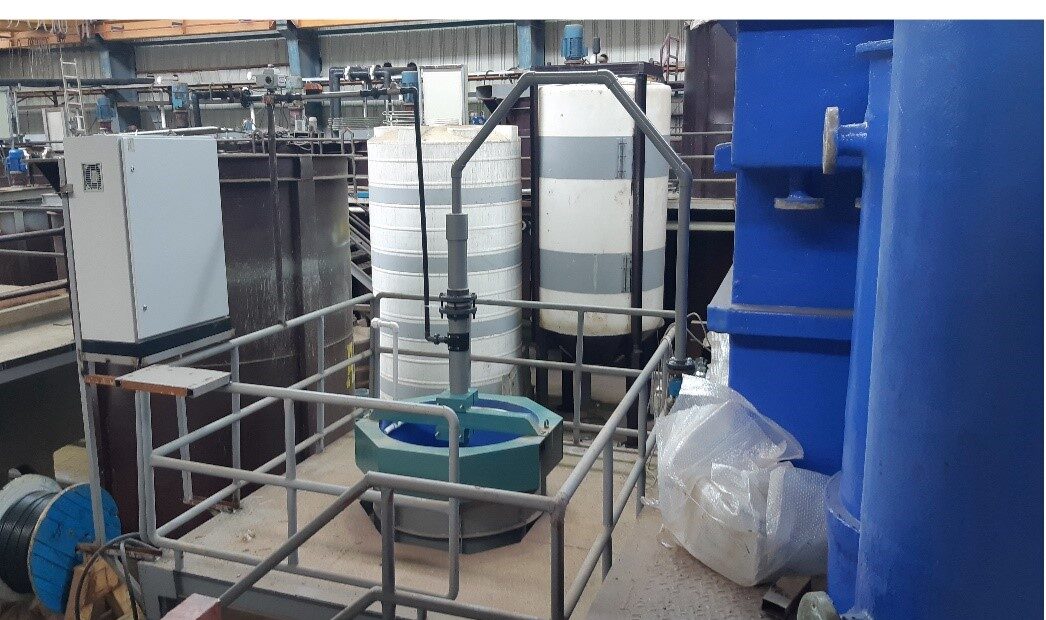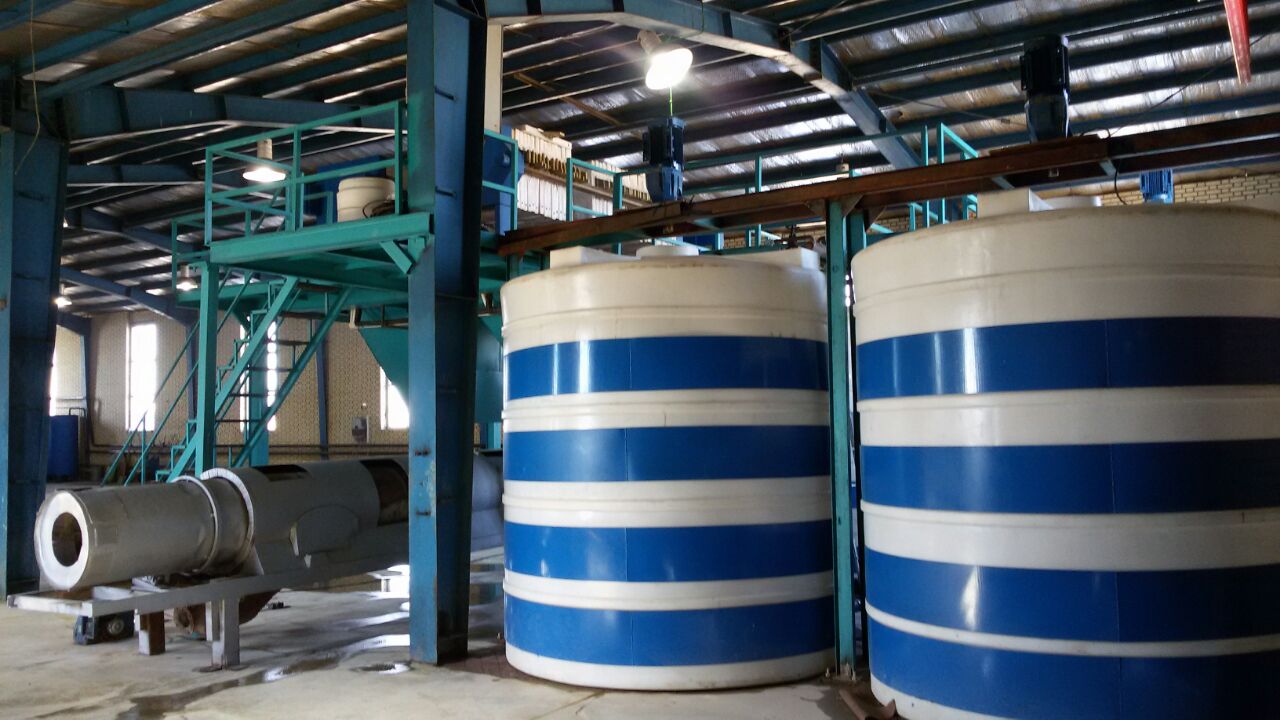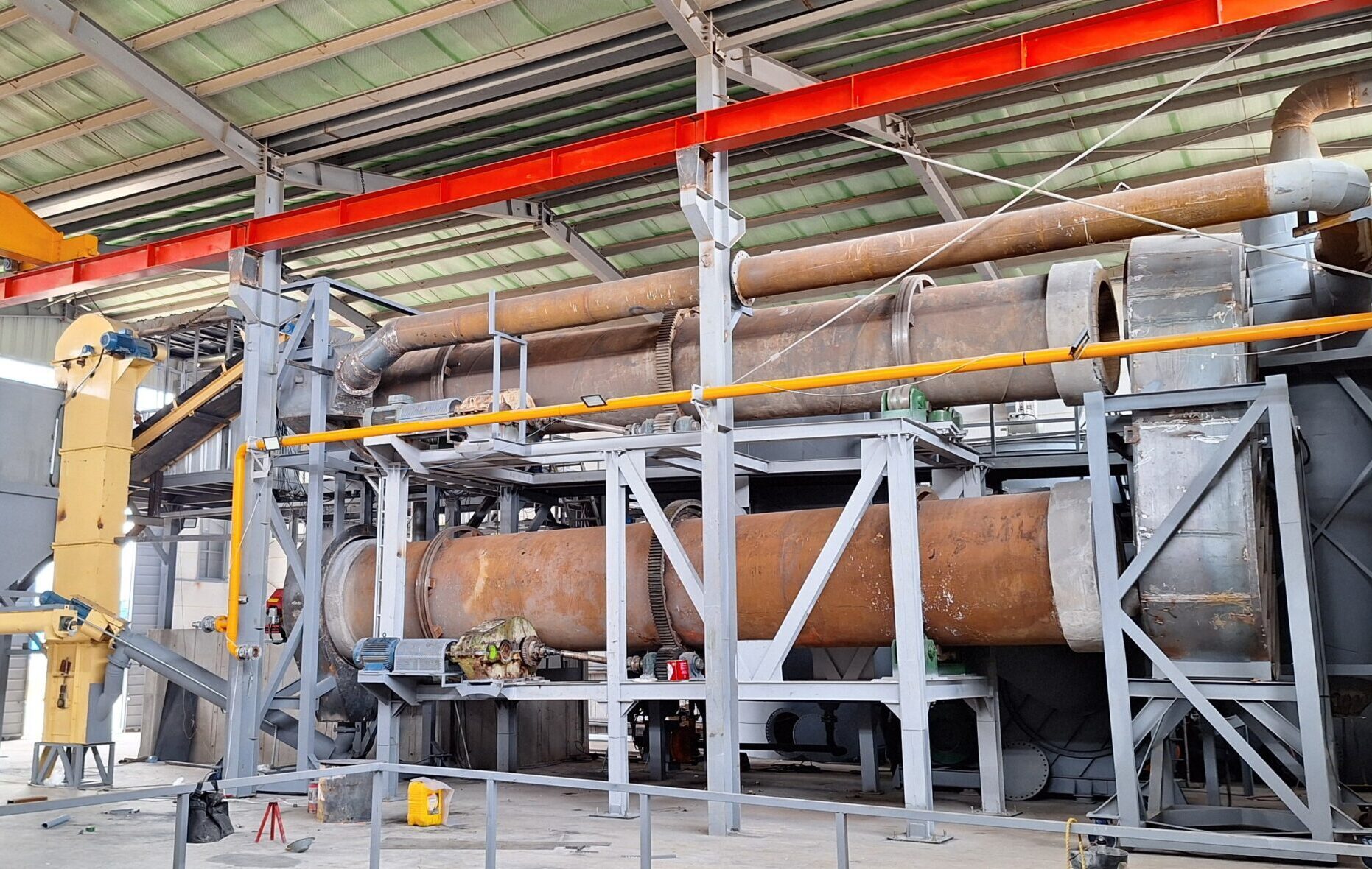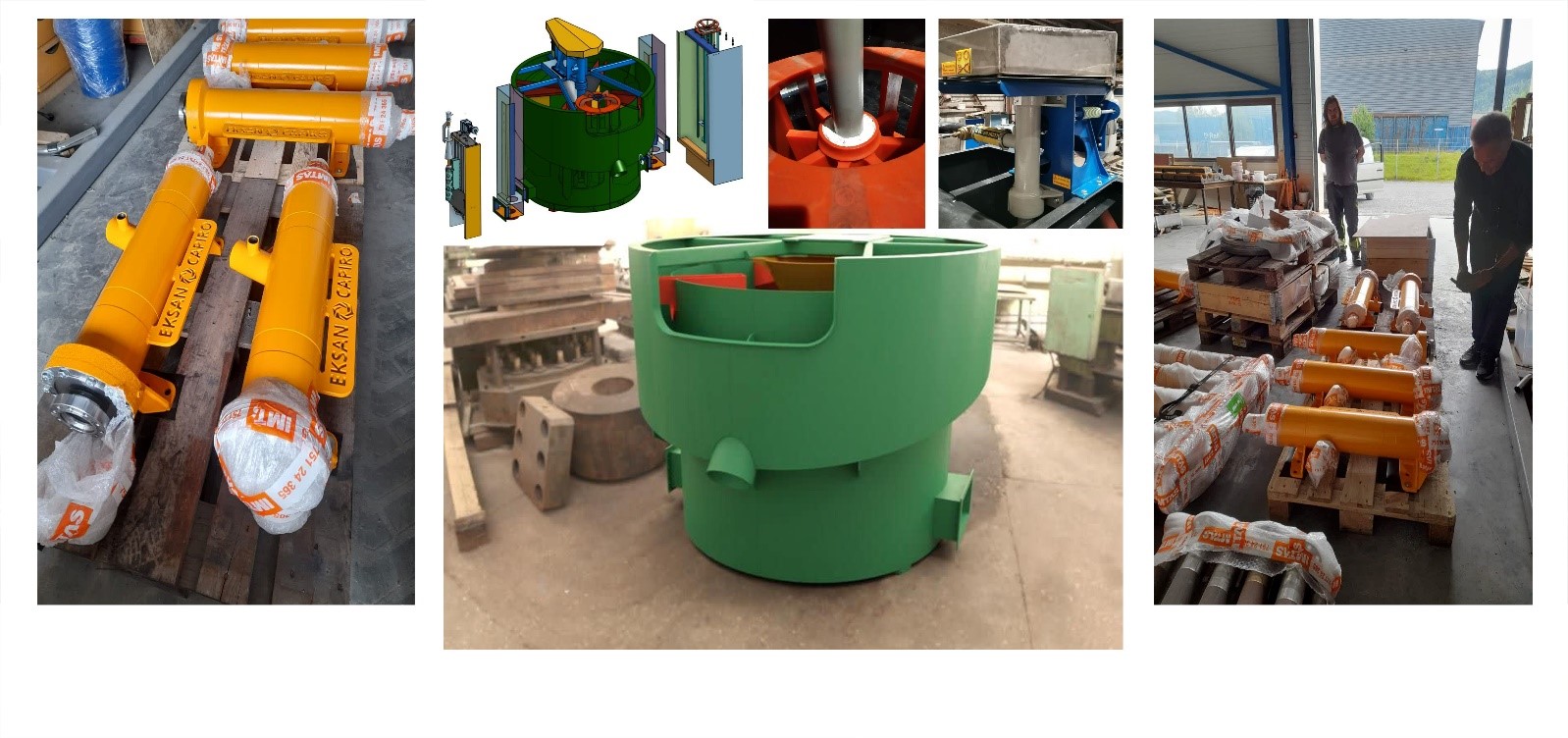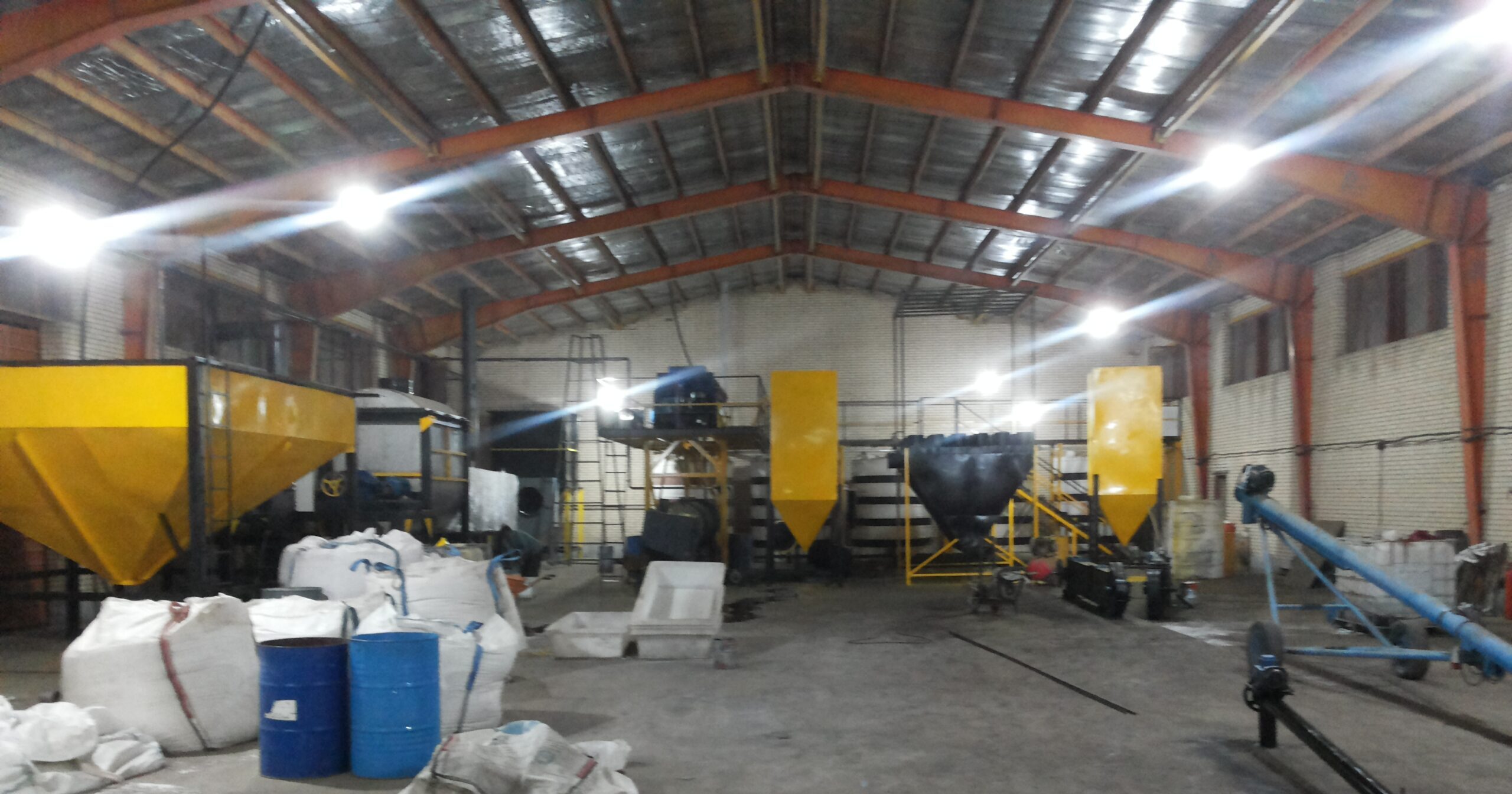Activated carbon is a carbon-based material produced through an activation process under specific temperature and environmental conditions. During the activation process, non-carbon elements are removed from the structure of the material, resulting in the formation of various pores and voids within the activated carbon. This process converts the carbon-containing material into activated carbon.
Due to the development of these pores and the high chemical resistance of carbon in both acidic and alkaline environments, activated carbon does not participate in chemical reactions. Consequently, all interactions of substances adjacent to activated carbon occur through van der Waals forces. Additionally, the porous structure of activated carbon allows it to adsorb a variety of substances based on the nature of its pores. One of the most significant features of activated carbon is its ability to adsorb materials and elements physically, which explains its popularity in various upstream and downstream industries.
In 2016, Faramine Asia Industrial and Mining Group undertook research and development in the field of activated carbon production. After evaluating physical and chemical methods for producing this material, the company selected chemical activation due to its superior product yield. Following the acquisition of technical knowledge and expertise in factory equipment, the activated carbon production plant was established in 2017, and it became operational by the end of that year. Currently, the plant operates with a production capacity of 30 tons of activated carbon per month.
